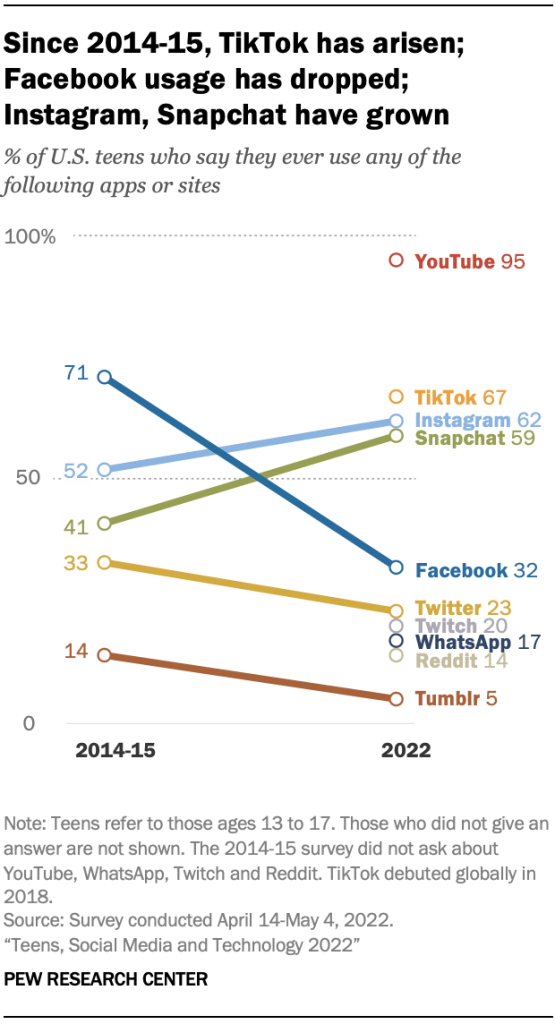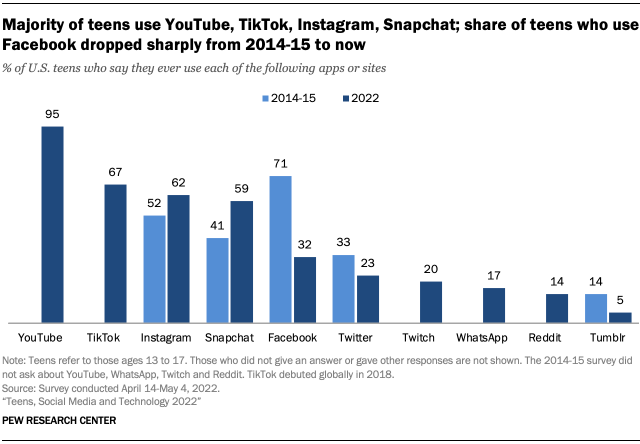The Power of Lonely
/The nice thing about medicine is it comes with instructions. Not so with solitude, which may be tremendously good for one’s health when taken in the right doses, but is about as user-friendly as an unmarked white pill. Too much solitude is unequivocally harmful and broadly debilitating, decades of research show. But one person’s “too much” might be someone else’s “just enough,” and eyeballing the difference with any precision is next to impossible.
People should be mindfully setting aside chunks of every day when they are not engaged in so-called social snacking activities like texting, g-chatting, and talking on the phone. For teenagers, it may help to understand that feeling a little lonely at times may simply be the price of forging a clearer identity.
“People make this error, thinking that being alone means being lonely, and not being alone means being with other people,” John Cacioppo of the University of Chicago, said. “You need to be able to recharge on your own sometimes. Part of being able to connect is being available to other people, and no one can do that without a break.”
Leon Neyfakh, writing in the Boston Globe


